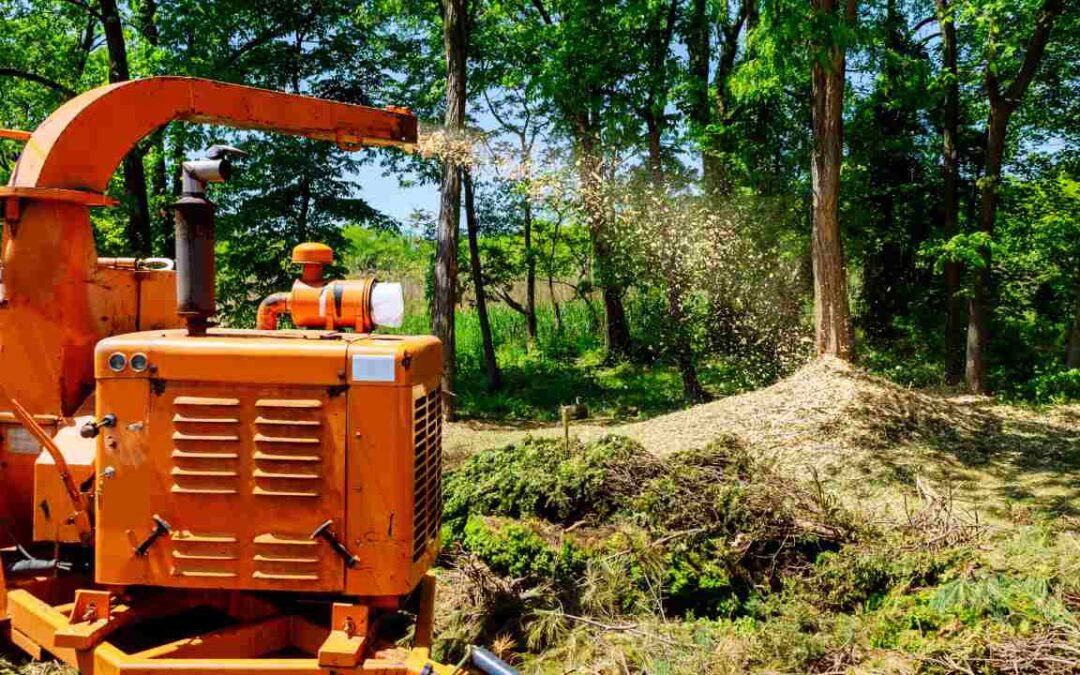Forest mulching is a land-clearing technique that uses specialized machinery to shred vegetation and trees into small pieces. This process does not leave burn residue or marks from heavy equipment. Therefore, it is environmentally friendly. The resulting material can be used as mulch or can also be left in place to decompose and provide nutrients to the soil.
Here, we are going to tell you what the benefits of forest mulching are and the steps involved in the process.
1. Environmentally friendly: Forest mulching does not require harsh chemicals or heavy machinery that can harm the environment. It is an excellent land-clearing method that leaves a natural layer of mulch.
2. Cost-effective: Compared to traditional methods, it is a cost-effective land-clearing method. Requires less labor and equipment. The resulting mulch can be used on-site, saving transportation and disposal costs.
3. Soil improvement: The mulch left by forest mulch is rich in nutrients and organic matter, which improves soil fertility and promotes healthy plant growth.
4. Erosion control: The layer of mulch left after forest mulching helps prevent erosion by protecting the soil from wind and water.
5. Habitat Preservation: Forest mulching is a gentle land-clearing method that minimizes damage to wildlife habitats and allows native plants and animals to thrive.
6. Fire mitigation: Forest mulch is an effective fire mitigation tool because it helps reduce the amount of flammable vegetation and debris in an area. When dead or overgrown vegetation is removed, mulching can create firebreaks that can help slow the spread of wildfires. Additional mulch left by the mulching process helps retain moisture in the soil, which reduces the risk of fires due to dry conditions.
5 steps involved in forest mulching
1. Site preparation: Before starting the crushing process, the site must be cleared of any obstacles that could damage the crushing machine, such as rocks and other large objects.
2. Mulching: When the ground is prepared, the mulching machine shreds the vegetation and trees into small pieces. The operator carefully maneuvers the machine through the area, avoiding valuable trees and plants that may be preserved.
3. Grading: When the crushing process is finished, the operator can use the machine to level the area, creating a smooth surface.
4. Mulch Application: The resulting mulch can be used on-site to enrich the soil or to create a natural layer of mulch that helps prevent erosion by encouraging healthy plant growth.
5. Cleaning: All debris or excess materials are removed from the site, leaving a clean and clear area.


